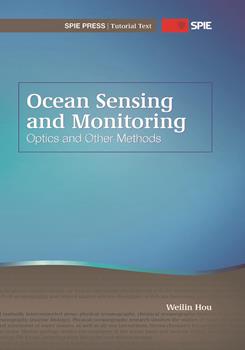|
|
|
|
CITATIONS
Infrared radiation
Infrared sensors
Remote sensing
Humidity
Interfaces
Solar energy
Electroluminescence


